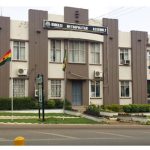This website uses cookies so that we can provide you with the best user experience possible. Cookie information is stored in your browser and performs functions such as recognising you when you return to our website and helping our team to understand which sections of the website you find most interesting and useful.

Best of Kumasi Central Market, Location, Projects & the QUADRANTE GROUP
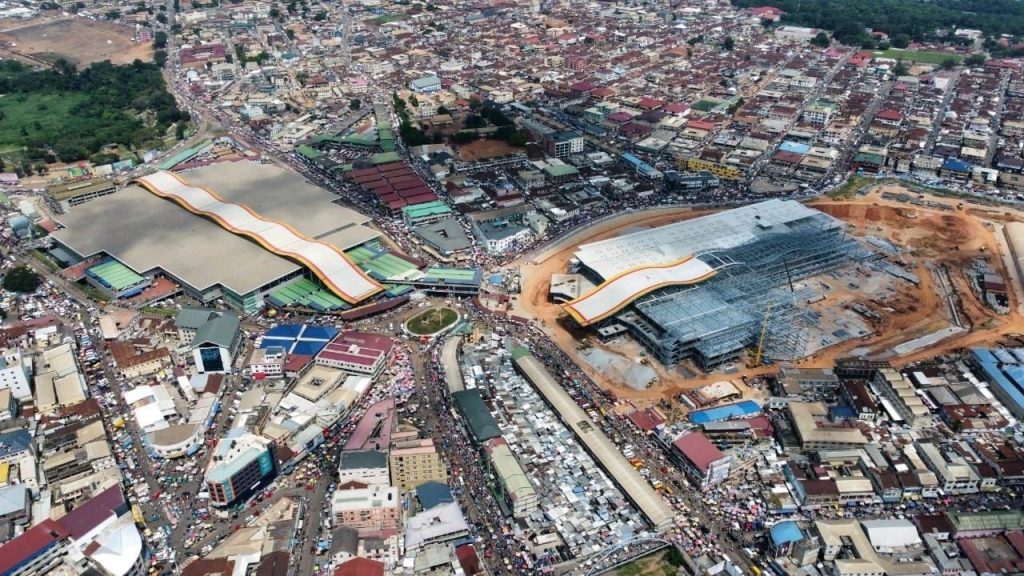
In the heart of Kumasi, Ghana, the Kumasi Central Market, also known as Kejetia Market, stands as a testament to a city’s rich history and a vision for the future. This bustling open-air market, the largest in West Africa, has recently undergone a remarkable transformation spearheaded by QUADRANTE GROUP, a global leader in engineering and architecture consulting services.
Kumasi Central Market Location and Accessibility:
The following is how to get to the Market. This map shows with the direction from your location to the physical location via GPS.
Situated at the heart of Kumasi, the market is easily accessible by various means of transportation. Located in close proximity to major transportation hubs, including bus terminals and taxi stands, visitors can conveniently reach the market from various parts of the city.
Redevelopment Initiatives
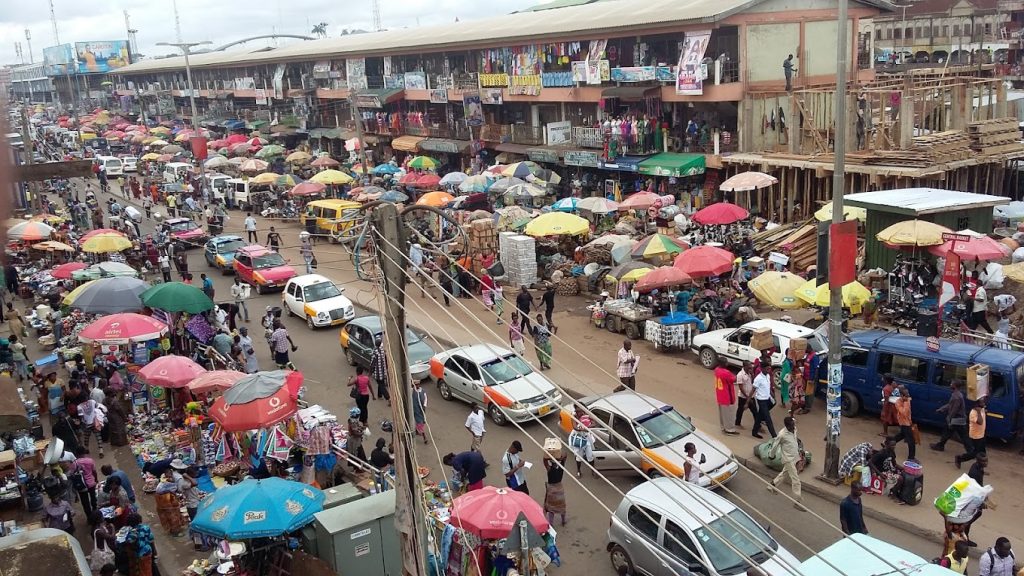
The market’s redevelopment unfolded in three significant phases, responding to challenges like uncontrolled sales activities and frequent fire outbreaks.
Phase 1: Initiated in 2015, this phase introduced an ultra-modern market with 8,420 stores, essential facilities, and a diverse range of services, shaping the foundation for the market’s renewal.
Phase 2: Currently in progress, the second phase envisions 6,500 leased stores, community facilities, and various other amenities to be completed within 48 months, enhancing the market’s appeal and functionality.
Management Challenges
The colossal human and vehicular traffic around Kejetia Market necessitates intricate management strategies. A city guard group ensures law and order, while CCTV cameras enhance security, underscoring the commitment to a safe and orderly environment.
QUADRANTE GROUP’s Vision
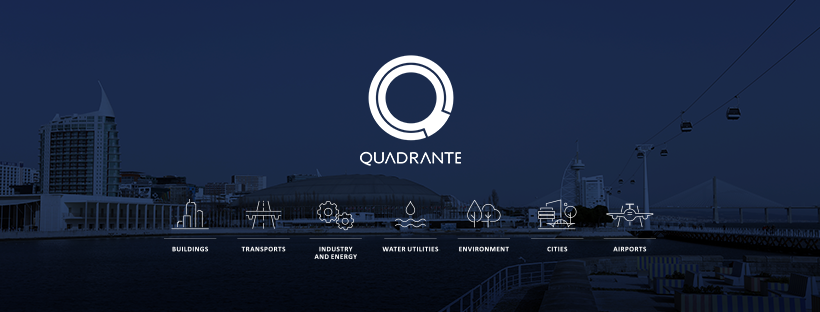
QUADRANTE GROUP, the visionary force behind the market’s redevelopment, invested 250 Million Euros to create a grand commercial, business, and service center. Their commitment to sustainability, cultural integration, and innovative construction techniques has elevated the market to new heights.
Types of Stores:
The Central Market is a diverse marketplace, offering a wide array of stores catering to different needs. From traditional market stalls to modern retail spaces, the market accommodates a variety of businesses. Stores range from those selling fresh produce and meats to clothing, electronics, and artisanal goods.
Acquiring a Store at the Central Market:
For entrepreneurs aspiring to be a part of this vibrant marketplace, acquiring a store at the Kumasi Central Market involves a straightforward process. Interested individuals can approach the market management office, where they will be guided through the application process. The management provides information on available spaces, rental terms, and any specific requirements for different types of stores.
The Market’s Unique Offerings:
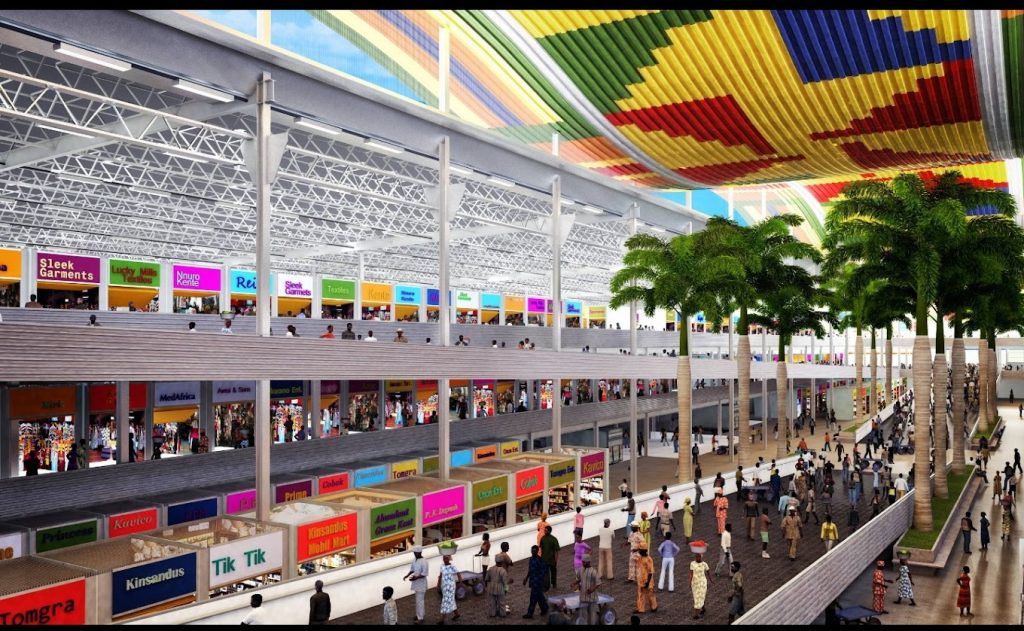
Aside from its diverse retail landscape, the Central Market boasts unique offerings. It features a day care school for market women’s children, a hospital, and banking facilities, providing essential services to the market community.
The Central Market, with its rich history and recent transformation, stands as a symbol of resilience, cultural preservation, and economic vibrancy. Thanks to the collaborative efforts of QUADRANTE GROUP and the market community, this iconic marketplace continues to be a dynamic hub where tradition meets modernity, and entrepreneurship thrives. Whether you seek fresh produce, artisanal crafts, or a vibrant cultural experience, the Market welcomes all, inviting visitors to explore its renewed charm and diversity.
Frequently Asked Questions about Kumasi Central Market
What distinguishes the Central Market?
- The Central Market stands out as the largest market in West Africa, undergoing significant restructuring and upgrading with a substantial investment of 250 Million Euros.
What is the investment amount for the Central Market project?
- A noteworthy investment of 250 Million Euros has been allocated to support the redevelopment of the Central Market.
How many tenants will the New Market accommodate in the first phase?
- The first phase will house a significant number of 8,500 tenants.
Are there plans for further expansion of the Central Market?
- Absolutely, a third expansion phase is already in the planning stages to accommodate even more tenants.
What cultural considerations were taken into account during the project?
- The architectural design incorporates Ashanti local culture symbols, including a distinctive “wave” on the roof, respecting the rich culture and traditions of Kumasi.
How is the interior of the Central Market structured?
- The interior is ingeniously designed, featuring two interconnected commercial halls, united by a spacious gallery along the complex’s longitudinal axis.
What zones will be present on the Ground Floor of the market?
- The Ground Floor will primarily host fruit, meat, and fish zones, along with a partially open food court area.
What is the purpose of the central square in the Central Market?
- The central square serves as a vital circulation area with wide ramps, connecting various levels and enhancing the visitor experience.
How will automobile flows be managed within the complex?
- Automobile flows will be strategically directed with segmented exits, avoiding congestion and ensuring smooth traffic within the market.
What social support facilities will be available at the Central Market?
- The market will feature essential amenities like medical, safety, sanitary, and educational facilities, addressing the diverse needs of shopkeepers and visitors.
What materials were used in the structural construction of the Central Market?
- The structural solution incorporates a metallic superstructure, composite floors, and steel piles, emphasizing both durability and efficiency.
How was the construction speed of the market accelerated?
- The project focused on expediting construction by employing innovative solutions such as a metallic superstructure, composite floors, and steel piles.
How is the Central Market contributing to sustainability?
- The market adopts energy-saving measures, leveraging natural ventilation and prioritizing natural lighting over artificial sources, promoting a sustainable environment.
What measures are in place to prevent rainwater from entering the market?
- Rainwater entry is controlled with laterally open market designs, complemented by lateral control mechanisms to withstand high winds.
Is there a dedicated waste water management system for the Kumasi Market?
- Yes, the market incorporates its own treatment plant to manage and address waste water effectively.
Who provided services associated with Foundations and Structures during the project?
- Quadrante played a crucial role in providing services related to Foundations and Structures, ensuring a comprehensive and integrated approach.
In what way was the Central Market project developed?
- The project was developed in BIM (Building Information Modeling), showcasing an integrated and coordinated development approach.
What aspects were covered by Quadrante in their services for the project?
- Quadrante’s services encompassed Foundations, Structures, Geotechnics, Hydraulic Infrastructures, Electrical and Telecommunication Installations, Security, Gas, Roads Infrastructures, Excavations, and a Hydrological Study.
What financing source supported the Central Market project?
- The project received financial backing from the United Kingdom Export Finance (UK EF).
What is the overarching aim of the Market redevelopment?
- The project seeks not only to upgrade the existing market but also to transform it into a large commercial, business, and service center, aligning with modern standards and cultural considerations.
- What is the largest market in Kumasi?
- The largest market in Kumasi is the Central Market, also known as Kejetia Market.
- How big is the central market in Kumasi?
- The Kejetia Market in Kumasi is the largest open-air single market in Africa, spanning over 12 hectares with more than 10,000 stores and stalls.
- What happened in Kumasi market?
- A devastating fire broke out in the Market, specifically in the French Line section, causing significant damage to numerous shops. The fire ignited at 7 am, spreading rapidly.
- Which is bigger, Accra, or Kumasi?
- Kumasi is the second-largest city in Ghana, following the capital, Accra.
- Which market is the biggest market in Ghana?
- The Kejetia Market, also known as the Central Market, holds the distinction of being the largest market in Ghana.
- What is the best market in Ghana?
- Makola Market in Accra is considered one of the best markets in Ghana, offering a vibrant atmosphere and a diverse range of goods. Additionally, Kejetia Market is recognized for its significance.
- Who funded Kumasi Central Market?
- The Central Market project was financed by United Kingdom Export Finance (UK EF).
